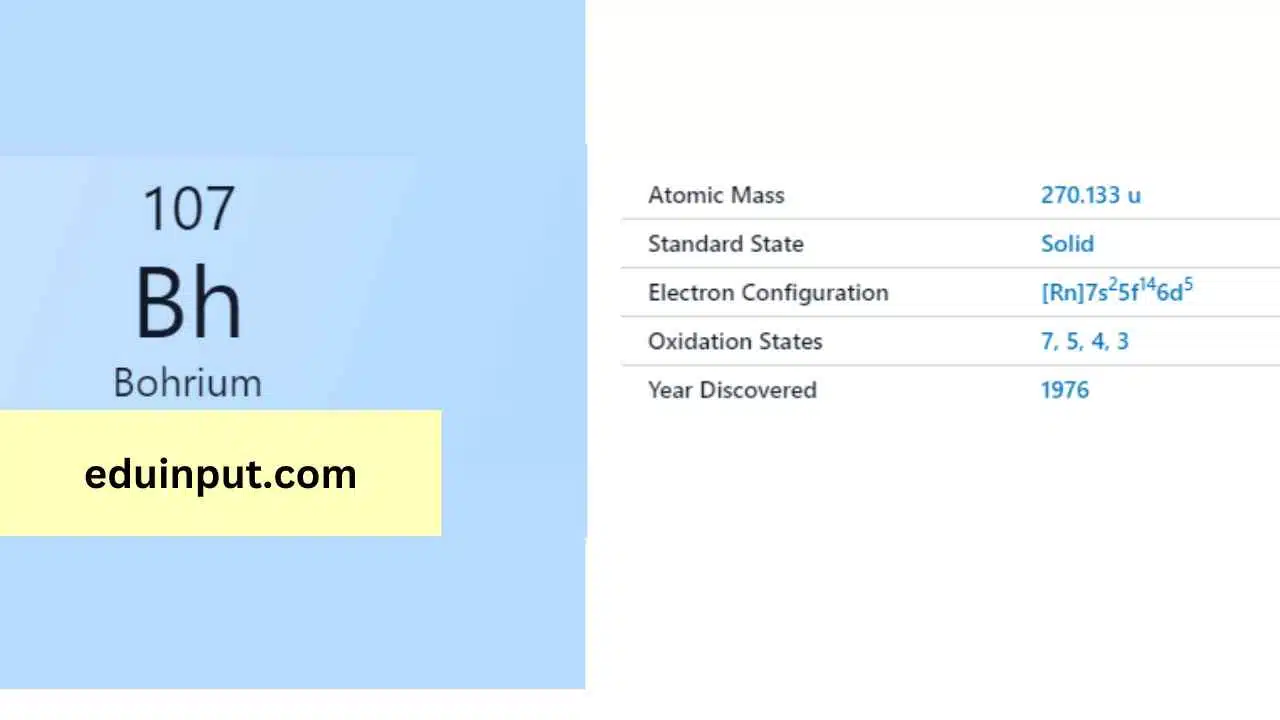Ruthenium-Discovery, Properties, And Applications
Ruthenium symbolized as ‘Ru’ and bearing the atomic number 44, is a versatile and robust chemical element known for its distinctive properties and wide-ranging applications.

| Property | Value |
|---|---|
| Name | Ruthenium |
| Symbol | Ru |
| Atomic number | 44 |
| Relative atomic mass (Ar) | 101.07 |
| Period in the periodic table | 5 |
| Group in the periodic table | 8 (Transition metal) |
| Block in the periodic table | d |
| Shell structure | 2.8.18.15.1 |
Discovery
Ruthenium was discovered in 1844 by Russian chemist Karl Klaus. Its name is derived from “Ruthenia,” the Latin name for Russia, to honor its country of discovery.
Physical Properties
Ruthenium is a hard, dense metal with a lustrous, silvery-white appearance. It has a density of approximately 12.41 g/cm³. Ruthenium has a high melting point of 2,334°C and a boiling point of 4,058°C. It is one of the most corrosion-resistant metals, making it valuable in various industrial applications.
Chemical Properties
Ruthenium is highly resistant to corrosion and oxidation, making it suitable for use in harsh environments. It can form stable oxides and exhibits a variety of oxidation states. These properties contribute to its effectiveness in catalytic and electrical applications.
Facts
- Ruthenium is one of the platinum group metals (PGMs) and shares similar properties with other PGMs like platinum and palladium.
- It is used as a catalyst in various chemical reactions and as an alloying element to improve the properties of other metals.
Applications
Ruthenium finds application in several industries due to its unique properties:
- Electronics: Ruthenium is used in the microelectronics industry as a material for thin-film resistors and electrical contacts.
- Catalysis: Ruthenium-based catalysts are employed in chemical processes such as hydrogenation and catalytic converters in automobiles.
- Solar Cells: Ruthenium complexes are used in dye-sensitized solar cells to capture and convert solar energy into electricity.
- Jewelry: Ruthenium plating is sometimes used in jewelry to provide a dark, durable, and lustrous finish.







Leave a Reply